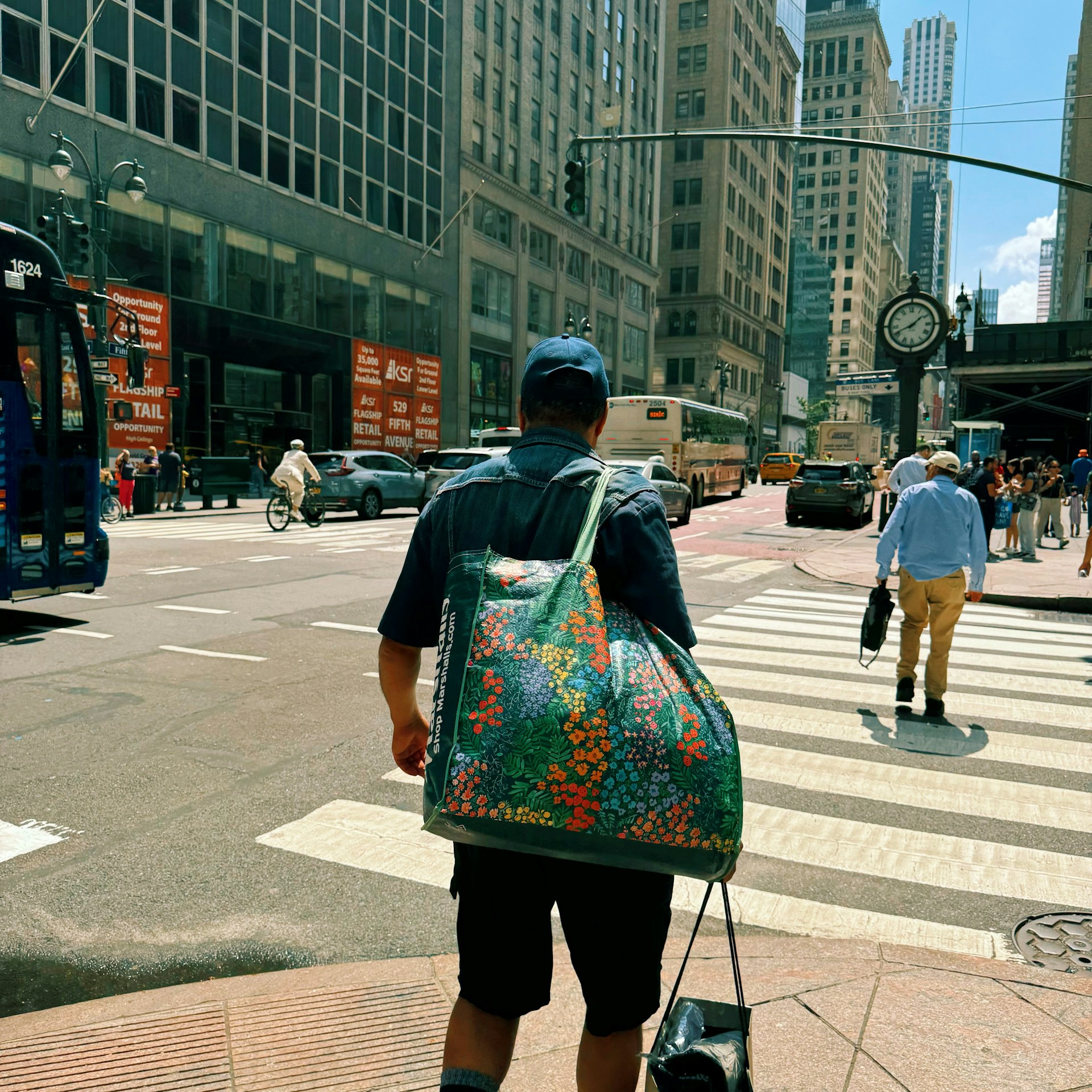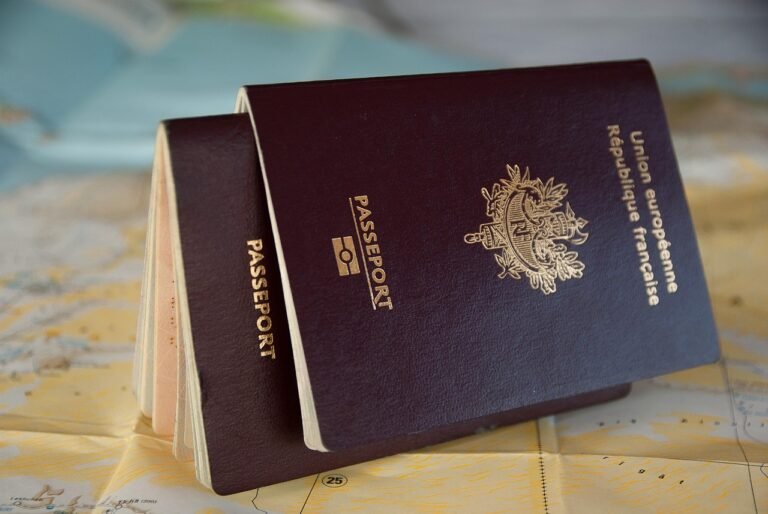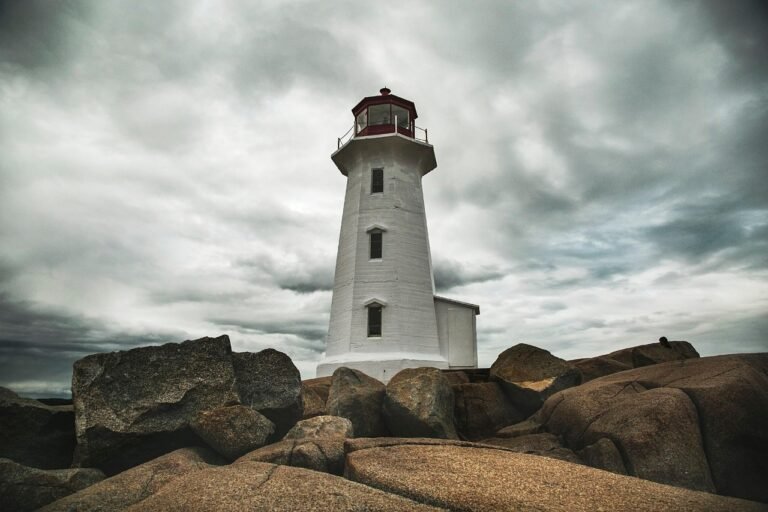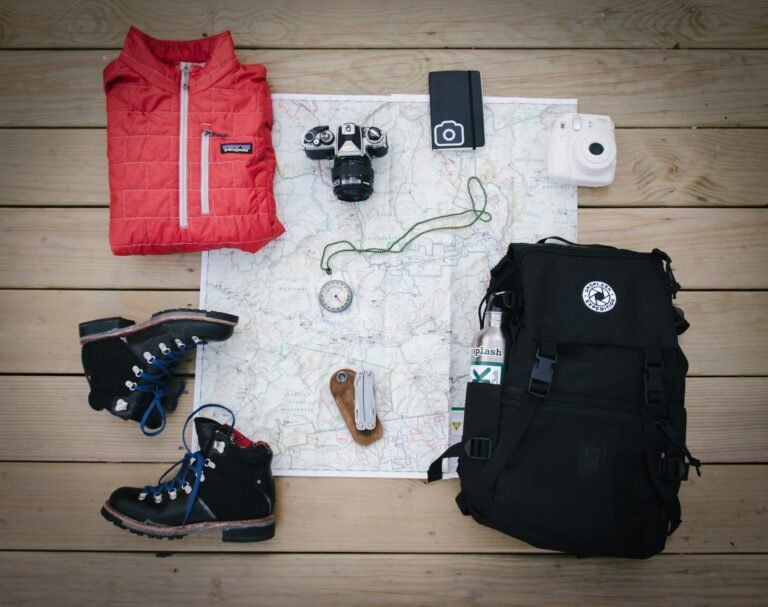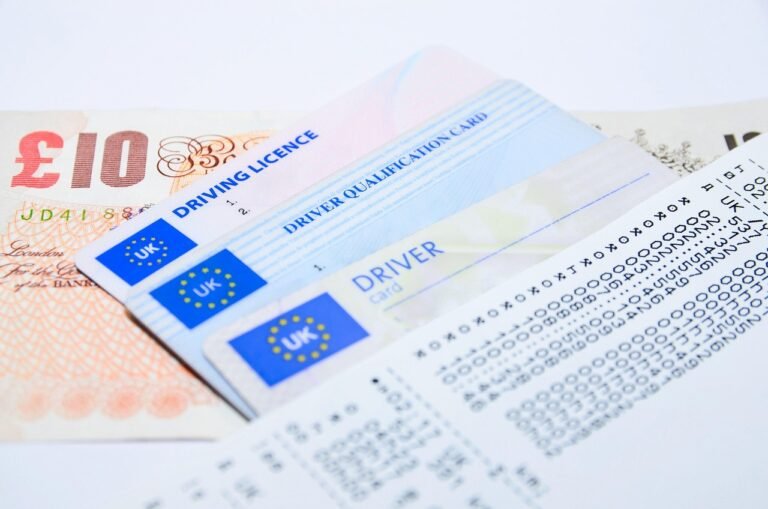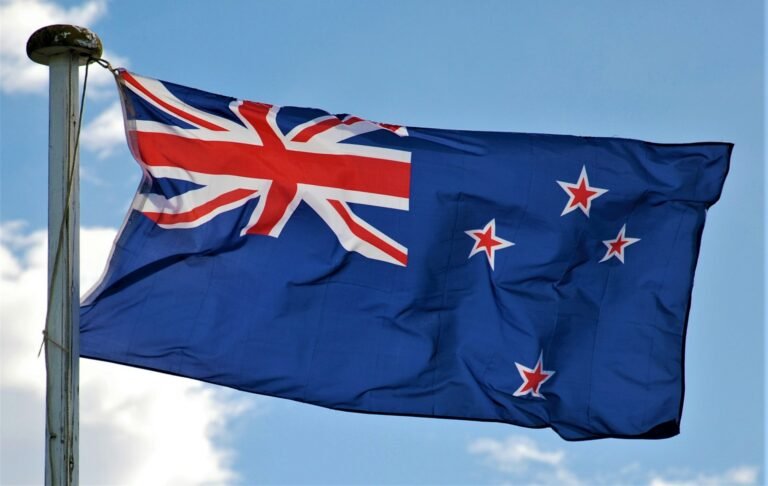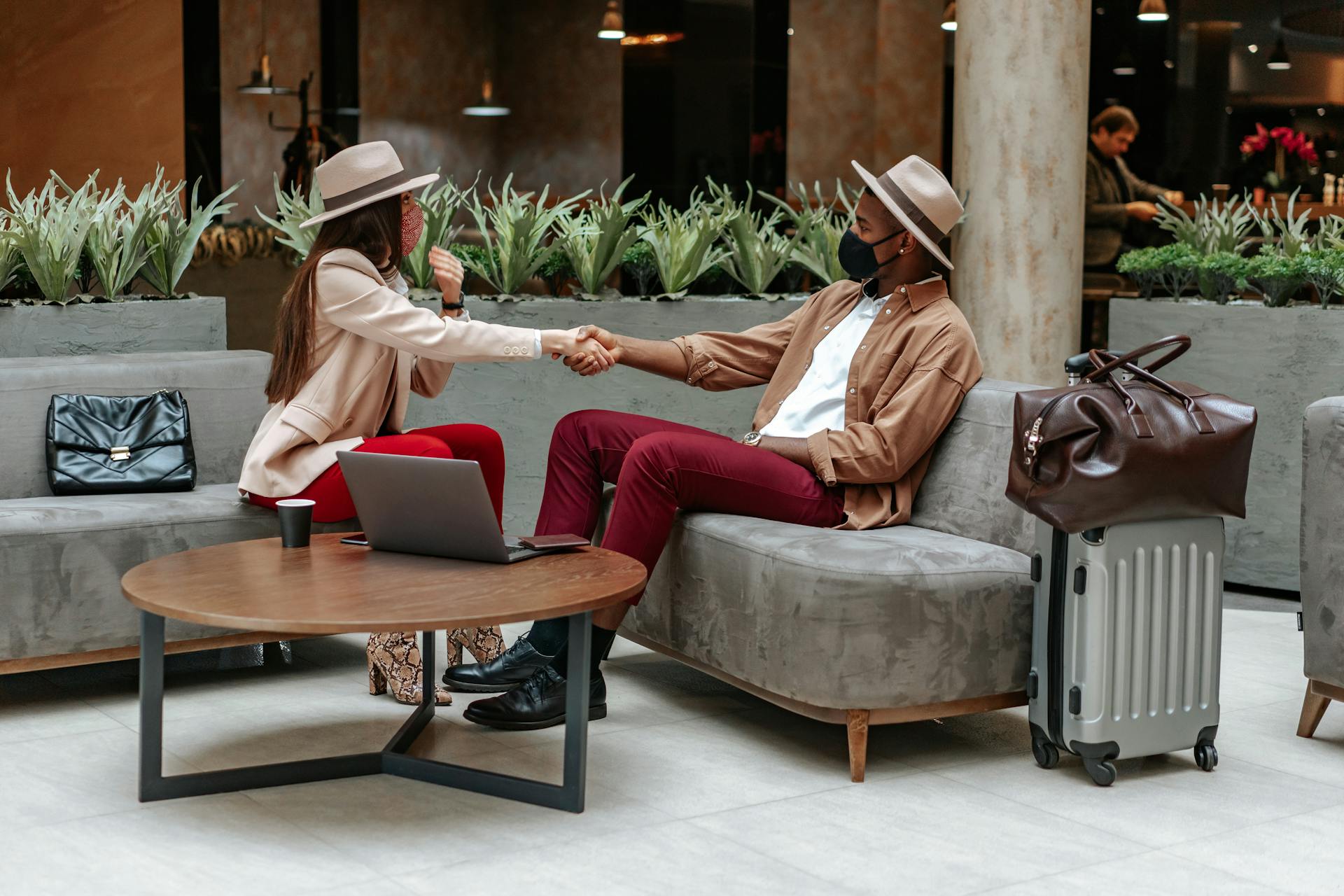
Have you ever caught yourself instinctively cringing at a pack of fanny-bag wearing, tennis-shoe stomping tourists loudly asking where the “authentic local experience” is—only to realize with horror that you look exactly like them? I have. There I was, standing in the middle of Barcelona’s Gothic Quarter, map unfolded to proportions that could’ve doubled as a parachute, wearing blindingly white trainers and a t-shirt that might as well have had “PLEASE ROB ME” emblazoned across it.
That moment changed everything about how I approach travel fashion. Not only does dressing like a local make you less of a target for pickpockets and scammers, but it also opens doors to genuine cultural experiences that remain firmly closed to the bum-bag brigade.
Why Blending In Matters When Traveling Abroad
There’s more at stake than simply avoiding the embarrassment of being pegged as a tourist. When you make efforts to dress appropriately for your destination, you’re showing respect for local customs and culture. You’ll find locals more receptive to your presence, more willing to engage in genuine conversation, and more likely to point you toward those hidden gems that never make it into guidebooks.
Plus, let’s be honest—there’s a certain satisfaction in having a local ask you for directions. It happened to me in Milan after I’d invested in a proper Italian leather jacket and learned to tie my scarf with just the right amount of sprezzatura. The elderly gentleman probably regretted his choice when my Italian failed spectacularly after “Mi scusi,” but for that brief, glorious moment, I had achieved travel fashion nirvana.
Understanding Local Fashion Before You Pack
Before stuffing your suitcase with your regular wardrobe, take time to research how locals dress in your destination. This isn’t about cultural appropriation or trying to “cosplay” as a local—it’s about making thoughtful choices that help you navigate a new environment with greater ease.
Research Methods That Actually Work
Rather than relying solely on outdated travel guides, try these approaches:
- Instagram location tags: Search for your destination and observe what actual residents (not just influencers) are wearing in everyday situations.
- Local news sites: Check their photo galleries for candid street shots that show authentic local style.
- Connect with locals: Platforms like Couchsurfing have forums where you can ask specific questions about appropriate attire.
When I was preparing for a trip to Tokyo, I spent hours scrolling through local fashion blogs. I discovered that while Japanese street style can be wildly expressive, everyday Tokyo fashion tends toward the conservative, with neutral colors and clean lines dominating. That single insight saved me from packing several outfits that would have screamed “foreign tourist.”
The Universal Travel Wardrobe: Basics That Work Everywhere
While every destination has its peculiarities, certain wardrobe staples have served me well across continents. These pieces form the backbone of a travel wardrobe that can be adapted for almost any location:
Versatile Foundation Pieces
- A well-fitted dark blazer: Instantly elevates any outfit and works for impromptu fine dining or cultural events
- Neutral, slim-cut trousers: More sophisticated than jeans but just as comfortable when chosen correctly
- Layering tees and tops: Choose breathable fabrics without loud logos or slogans
- One excellent dress or suit: For unexpected invitations or upscale venues
I once managed three weeks across five European countries with just a carry-on thanks to these principles. The key was selecting items that could be dressed up or down and mixed in multiple combinations. My dark navy blazer served me equally well over a t-shirt for museum visits in Berlin and over a collared shirt for dinner at a Michelin-starred restaurant in Lyon.
Regional Style Guidelines: Dress Codes Decoded
Europe: Polished Casual Reigns Supreme
Europeans generally dress more formally than Americans for everyday activities. The “athleisure” trend hasn’t taken hold with quite the same fervor, and you’ll rarely see locals running errands in yoga pants or gym clothes.
In Paris, the stereotype of effortless chic exists for a reason. Parisian style revolves around well-fitted basics in neutral colors with perhaps one standout accessory. A classic trench coat, dark jeans, leather shoes (not trainers), and a quality scarf will help you blend in while navigating those charming arrondissements.
I learned this lesson the hard way when I wore flip-flops to a café in Saint-Germain-des-Prés. The waiter actually winced—a subtle but unmistakable reaction that made me wish I could disappear into my café au lait.
Asia: Modesty and Context Awareness
Across much of Asia, modesty in dress is appreciated, though specifics vary dramatically between, say, Tokyo and Bangkok. In Japan, neat, clean-cut clothing is the norm, while in parts of Southeast Asia, covered shoulders and knees show respect, particularly when visiting temples or religious sites.
During a sweltering day in Thailand, I watched tourists being turned away from the Grand Palace for inappropriate dress. Meanwhile, locals were comfortably navigating the heat in lightweight, modest clothing that adhered to cultural norms while remaining practical for the climate. I was grateful for the lightweight linen shirt and longer skirt I’d packed specifically for temple visits.
Middle East: Respectful Coverage
In many Middle Eastern countries, conservative dress is essential, particularly for women. Loose-fitting clothing that covers shoulders, chest, and knees is appropriate in most situations. In more conservative areas or religious sites, women may need to cover their hair.
South America: Embrace Color and Local Flair
South American style varies widely by country and region, but generally welcomes more color and pattern than European fashion. In major cities like Buenos Aires, style is European-influenced and relatively formal, while coastal Brazil embraces vibrant colors and more relaxed silhouettes.
The Dead Giveaways: What Screams “Tourist”
Certain items might as well be neon signs announcing your tourist status. Here’s what to leave at home:
- Fanny packs/bum bags: Yes, they’ve made a fashion comeback, but the tourist version sitting front and center is still a no-go
- Hiking boots in urban areas: Unless you’re actually scaling a mountain, swap these for comfortable walking shoes that don’t scream “I’m prepared for wilderness survival in downtown Madrid”
- Logo-heavy clothing: Particularly anything proclaiming your nationality or hometown
- Baseball caps: In most countries, these are instantly recognizable as American tourist gear
- Cargo shorts/pants: The multiple pockets aren’t worth the fashion sacrifice
My personal cringe-inducing memory involves wearing a university sweatshirt around London and having three separate people ask which American state I was from within a two-hour span. The dead giveaway wasn’t just the university branding—it was the oversized, casual nature of the sweatshirt itself, which marked me as distinctly non-British.
Climate-Appropriate Choices That Still Look Stylish
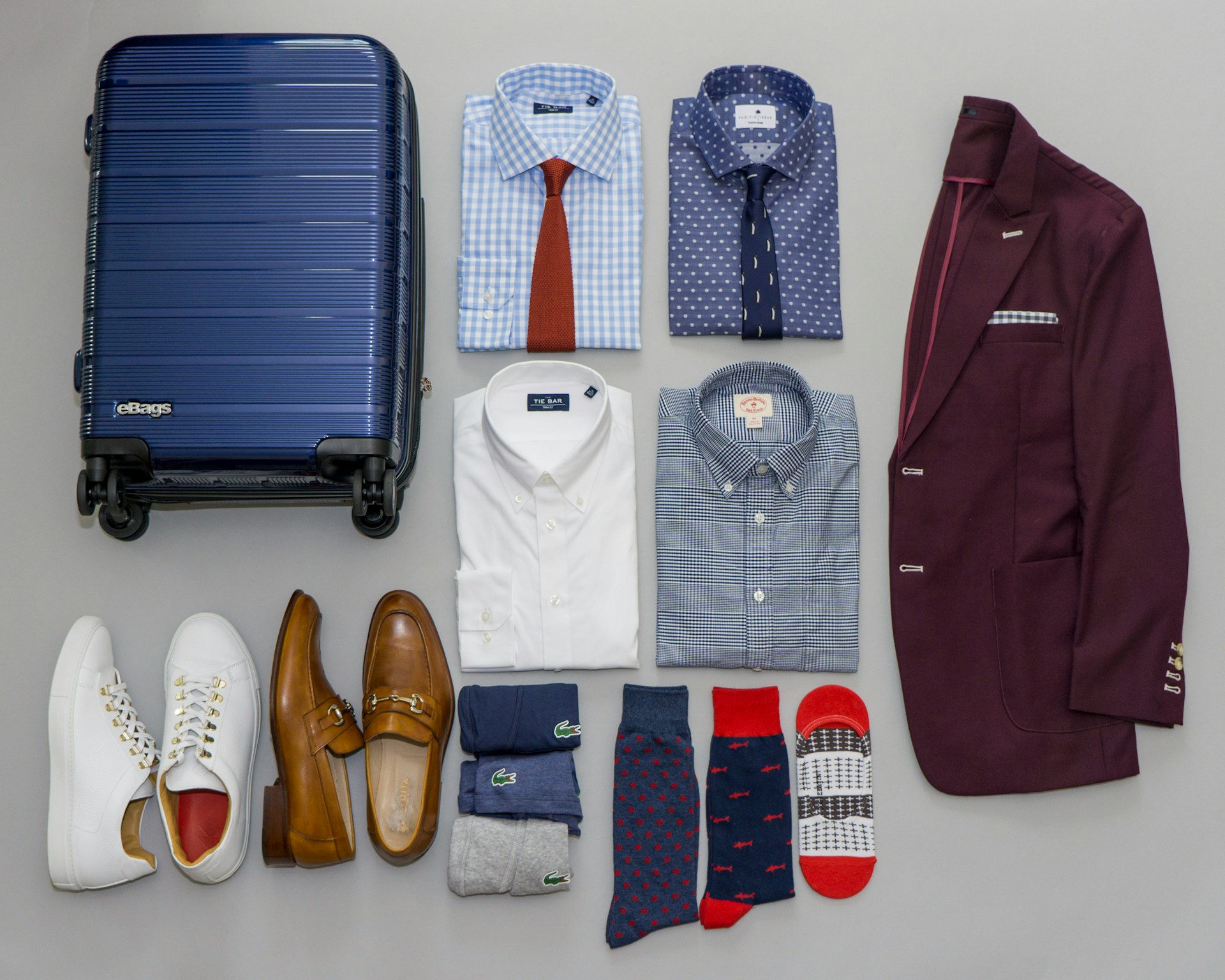
Dressing for the weather doesn’t mean abandoning style. In fact, locals have usually perfected the art of looking good while dealing with their particular climate challenges.
Hot Weather Destinations
Linen becomes your best friend in sweltering climates. It’s breathable, dries quickly, and can look elegantly rumpled rather than sloppy. Loose-fitting cotton items in light colors will keep you cool while maintaining a put-together appearance.
Women might consider lightweight maxi dresses or skirts, which provide coverage for religious sites while remaining cool. Men can opt for linen trousers and short-sleeved button-downs rather than cargo shorts and graphic tees.
Cold Weather Locations
Layering is key, but avoid the bulky “I’m freezing” tourist look. Europeans tend to wear fitted wool coats rather than puffy performance outerwear in cities. A quality wool coat, leather gloves, and a cashmere scarf not only keep you warm but elevate your entire appearance.
During a December trip to Copenhagen, I noticed locals navigated freezing temperatures with stylish wool coats, leather boots, and strategically layered knitwear. They looked polished while staying warm, a far cry from my previous winter travel strategy of “wear every thermal item I own simultaneously.”
Packing Smart: Multi-Function Pieces Worth Their Suitcase Space
The art of packing involves selecting items that earn their place through versatility. My travel wardrobe has evolved to include these hardworking heroes:
- Reversible belt: Black on one side, brown on the other
- Convertible travel dress: Can be styled multiple ways
- Merino wool layers: Temperature-regulating, odor-resistant, and quick-drying
- Packable down vest or jacket: Adds warmth without bulk
- Wrinkle-resistant button-down shirts: Look presentable straight from the suitcase
These investments have saved me countless times, like when an unexpected business dinner in Tokyo required me to transform my day outfit into something more formal. A simple change of accessories and the addition of a blazer made all the difference.
Shoes: The Biggest Tourist Tell (And How to Get It Right)
Nothing marks you as a tourist faster than inappropriate footwear. Yet comfortable shoes are non-negotiable when you’re exploring a new city on foot. The solution? Comfortable shoes that don’t look like comfort shoes.
For European cities, consider leather sneakers in solid colors without prominent logos. Brands like Common Projects, Koio, and even Adidas Stan Smiths can work if they’re clean and minimal. Leather loafers, ankle boots, or ballet flats also offer comfort while looking appropriate for restaurants and cultural venues.
I once packed only two pairs of shoes for a three-week European journey: leather sneakers in navy and leather ankle boots in black. They carried me through miles of daily walking while remaining appropriate for every venue I visited, from casual cafés to fine dining restaurants.
Accessories: The Final Touch That Makes All the Difference
The right accessories can transform a basic travel wardrobe into something that truly reflects local style. They’re also the easiest items to pack and can dramatically change the look of repeated outfits.
- Scarves: Perhaps the most versatile travel accessory, serving as a styling piece, impromptu picnic blanket, shoulder cover for religious sites, or extra warmth
- Minimal jewelry: Choose versatile pieces that work with multiple outfits
- Quality sunglasses: Protect your eyes while adding style points
- Local accessories: Sometimes purchasing a locally-made accessory after arrival is the perfect way to both support local artisans and incorporate authentic local style
During a trip to Morocco, I purchased a handwoven scarf in the souk that became not only a cherished souvenir but also a practical way to respect local customs regarding modest dress. It transformed my simple travel outfits while connecting me to the local craft tradition.
A Final Note: Confidence Trumps Everything
The most important thing you can wear while traveling isn’t material at all—it’s confidence. Even if your outfit isn’t perfectly aligned with local style, carrying yourself with assurance and respect goes a long way.
Remember that the goal isn’t perfect camouflage—it’s respectful integration. You’ll always be a visitor, and that’s perfectly fine. The aim is to show through your choices that you value and respect the culture you’re experiencing enough to make an effort.
So before your next international adventure, consider not just what to pack, but how those choices will shape your experience. The right wardrobe opens doors, builds bridges, and yes, makes for far better travel photos than those featuring the dreaded tourist uniform.
Safe and stylish travels!
Frequently Asked Questions About Travel Fashion
Q: What should I never wear when traveling abroad? A: Avoid clothing with prominent logos, especially patriotic ones, fanny packs worn at the front, athletic shoes with everyday wear (unless they’re fashionable urban sneakers), and anything that identifies you as a tourist such as souvenir t-shirts.
Q: How can I look stylish while still being comfortable for long days of sightseeing? A: Invest in well-fitted basics made from quality fabrics that move with you. Choose dark colors that hide stains, layer pieces for changing temperatures, and opt for stylish walking shoes rather than obvious athletic trainers.
Q: What should I wear when visiting religious sites abroad? A: Generally, shoulders and knees should be covered regardless of gender. Women may need to cover their heads in certain religious buildings. Pack a lightweight scarf or pashmina that can be used as a head or shoulder covering when needed.
Q: How many shoes should I pack for a two-week international trip? A: Aim for three pairs maximum: comfortable walking shoes that still look stylish (leather sneakers or loafers), a dressier option for evenings (which could be ankle boots or flats), and possibly sandals for warm destinations or pool/beach visits.
Q: How do I dress appropriately for conservative countries without overheating? A: Natural, breathable fabrics like linen and cotton are your allies. Choose loose-fitting but well-structured pieces that provide coverage without clinging to your body. Lightweight maxi dresses, linen trousers, and breathable long-sleeved tunics work well.
Q: What’s the best way to research local dress codes before traveling? A: Beyond standard travel guides, explore local fashion blogs, search location tags on Instagram, join destination-specific forums, and even check local news websites for candid street photos that show everyday attire.
Q: Is it worth buying special travel clothing with features like hidden pockets? A: While security features can be useful, most dedicated “travel clothing” screams tourist. Instead, look for regular clothing with subtle security features or adapt your existing wardrobe with sewn-in pocket additions.
Q: How can I pack light but still have outfit variety? A: Build a capsule wardrobe around a consistent color palette where everything mixes and matches. Focus on accessories to change the look of basic outfits, and choose versatile pieces that can be dressed up or down.
Q: What’s the best way to carry valuables without using a fanny pack? A: Consider a slim money belt worn under clothing for passports and extra cash, a crossbody bag with security features, or clothing with hidden zippered pockets. Always distribute valuables rather than keeping everything in one place.
Q: Should I buy clothing at my destination instead of packing it all? A: Purchasing some items locally can be both practical and meaningful. It ensures appropriate style and weather-suitability while providing authentic souvenirs. Just pack enough for your first few days, then shop like a local.
Top Travel Fashion Recommendations
Essential Travel Garments
- Bluffworks Gramercy Blazer Bluffworks Technical fabric that looks like wool but resists wrinkles and includes hidden security pockets.
- Anatomie Skyler Travel Pants Anatomie Lightweight, quick-drying pants that look sophisticated but feel like yoga wear.
- Uniqlo Ultralight Down Jacket Uniqlo Packs into a tiny pouch but provides significant warmth when needed.
- Wool&Prince Button-Down Shirts Wool&Prince Merino wool shirts that can be worn multiple times without washing or wrinkling.
- Encircled The Revolve Dress Encircled Can be styled eight different ways, from casual to formal.
Footwear Champions
- Allbirds Wool Runners Allbirds Comfortable, washable sneakers that don’t scream “tourist” like traditional athletic shoes.
- Rothy’s The Point Rothy’s Washable, packable flats made from recycled plastic bottles.
- Ecco Soft 7 Sneakers Ecco Leather sneakers with European styling that work for walking and dining.
Travel Accessories
- Cuyana Classic Leather Tote Cuyana Elegant, durable leather tote that works globally without screaming “tourist bag.”
- Lululemon Vinyasa Scarf Lululemon Multi-way scarf that can be worn as a wrap, cardigan, or even a pillow on long flights.
- Binchotan Charcoal Eye Mask Rikumo Helps with jet lag recovery while looking sophisticated.
- Lunya Washable Silk Set Lunya Elegant sleepwear that’s practical for shared accommodations and looks put-together for breakfast.
Travel Tech with Style
- Bellroy Travel Wallet Bellroy Stylish passport organizer that doesn’t scream “rob me.”
- Sennheiser Momentum Wireless Headphones Sennheiser Noise-canceling headphones with classic styling rather than flashy tech aesthetics.
- Lo & Sons The Pearl Lo & Sons Crossbody bag that converts to a clutch with thoughtful security features.

